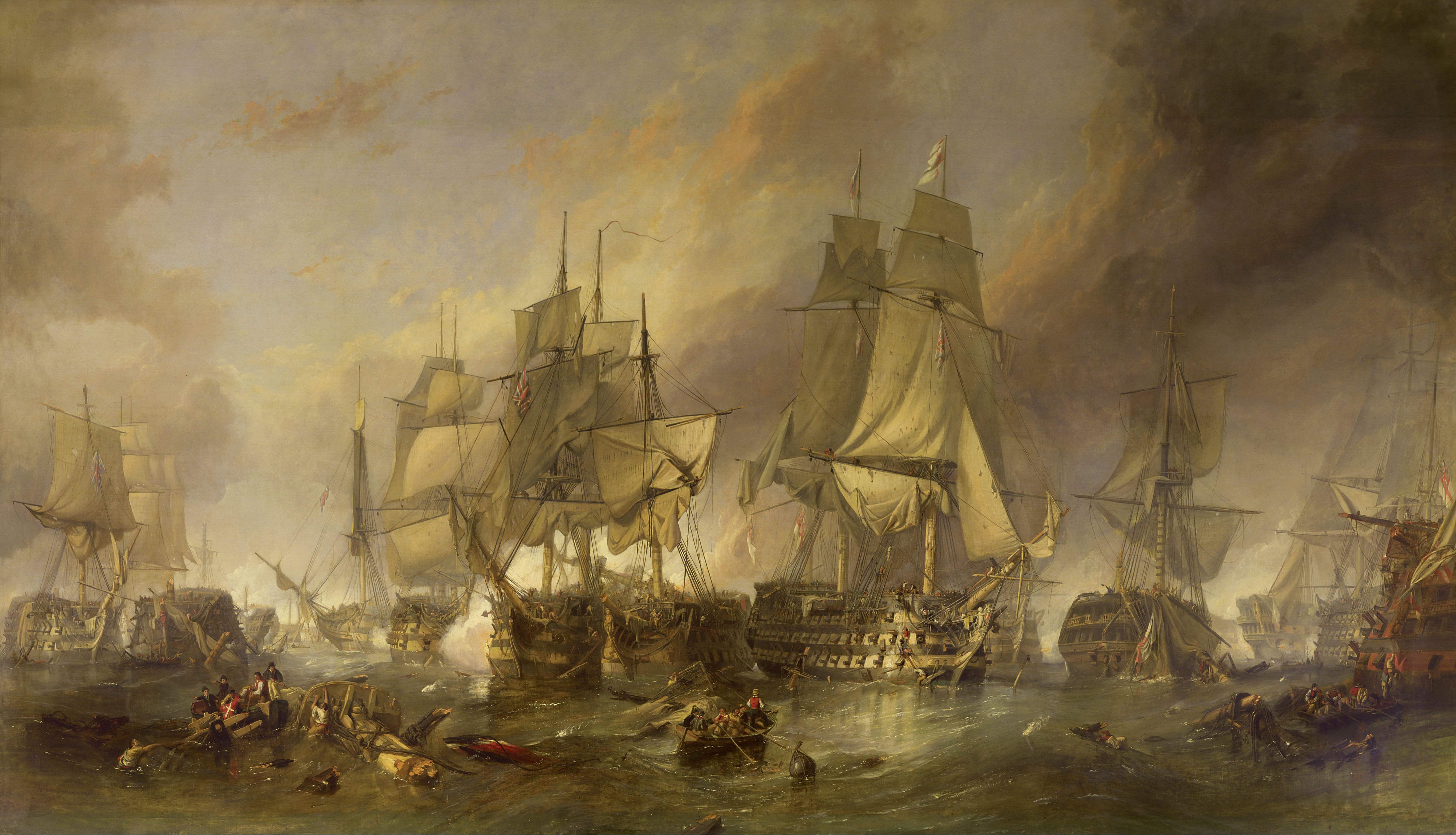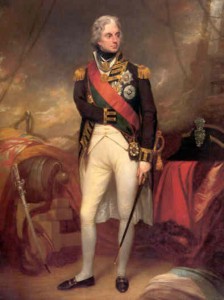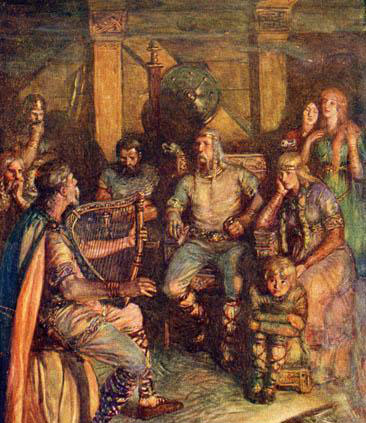When gathering information for a history textbook, a writer
usually reads some biographies and autobiographies of historical characters. A
student reading that same textbook may have his interest piqued in a particular
character and can learn more about that character through additional reading of
biographies. While reading an old literature textbook published in the 40’s for
Catholic high schools, I found a chapter on “Biography” and I thought its
description of that literary form well-expressed.
The historian traces the development of events in a
broad perspective, throwing his spotlight upon individuals only as he finds it
necessary to show their part in the shaping of the complete picture. The
biographer brings us figuratively face to face with some person whose life is significant because it is a record of human triumph or failure.
Certain paintings, such as a battle scene or a flash of
frontier life, present a realistic portrayal of action which is itself
spectacular. The action is caught without emphasis on any special figure. Other
paintings, fully as memorable, center attention upon a single character, whose
stature is stressed by the background against which it is drawn. It is in some
such manner that the historian differs from the biographer.
 |
| The Battle of Trafalgar by W.C. Stanfield |
 |
| Lord Nelson at Trafalgar |
The biographer has a role not less significant than that of the historian proper. By summoning great figures from the past and so investing them with the flesh of reality that they seem to live again, he enables us to understand more clearly the ways in which they walked, the work that was given them to do, and with what strength of spirit they met the tests of their time.
Biography in one form or another is as old as writing
itself. Primitive authors transmitted in boastful lines the exploits of popular
heroes. In the ancient books of the Hebrews and the tales of Celtic bards are
striking word pictures of patriot and chieftain.
This brought to my mind the
ending chapters of Tolkien’s Lord of the Rings. Not, of course, a history of a real place or events (much to the chagrin of true Middle Earth fans), the book contains patterns of past storytelling. It feels very authentic since Tolkien was a scholar of languages and literature.
"And when the glad shout
had swelled up and died away again, to Sam’s final and complete satisfaction
and pure joy, a minstrel of Gondor stood forth, and knelt, and begged leave to
sing. And behold! He said 'Lo! Lords and knights and men of valour unashamed,
kings and princes, and fair people of Gondor, and Riders of Rohan, and ye sons
of Elrond, and Dunedian of the North, and Elf and Dwarf, and greathearts of the
Shire, and all free folk of the West, now listen to my lay. For I will sing to
you of Frodo of the Nine Fingers and the Rings of Doom.'"
The 70-year old textbook continues:
Today the skillful biographer combines the vividness of
fiction with the accuracy of the historian. He is honest in acknowledging the
weak points of his subject. He aims to present the character truthfully against
the background of his times.
| G.K. Chesterton |
In his biography of St. Francis of
Assisi, G.K. Chesterton spends several pages laying out the different ways he could possibly tackle his
subject. Chesterton is critical of two particular writers who he does not think
did justice to St. Francis: “They were content to follow Francis with their
praises until they were stopped by their prejudices; the stubborn prejudices of
the sceptic. The moment Francis began to do something they did not understand
or did not like, they did not try to understand it, still less to like it; they
simply turned their backs on the whole business and ‘walked no more with him.’
No man will get any further along the path of historical enquiry in that
fashion.”
The textbook moves on to the autobiography:
When a person puts into writing the story of his own
life, the result is called autobiography. The great appeal of this literary
form is the quality of complete authenticity. The story is distilled directly
from the author’s experience. He unfolds with his own hand the testament of his
life, laying bare its secret chambers, its crises, its victories and defeats.
Sometimes an autobiography presents not so much the events of his life as a
struggle within his soul.
| John Henry Newman |
Here I think of St. Augustine’s Confessions
or Blessed Cardinal Newman’s Apologia pro Vita Sua or Dorothy Day’s From
Union Square to Rome and The Long Loneliness.
The rigid adherence to truth is the essential
characteristic of biographical writing.
"Rigid adherence to truth" is probably the most ticklish quality to achieve in an autobiograph because we human beings have a tendency to deceive ourselves or justify our actions or have perfect vision in hindsight. We like to be our own life editors so our best selves (or at least our best intentions) are shown to the world. Autobiographies may bring to light hidden actions or make secrets public, but it does not necessarily give an accurate account of the whole person. Often a third person account - a biography - adds to the personal picture. Journals and letters are a great contribution to finishing the portrait. And if a biography pretty well aligns with an autobiography in major points, that further tells us that the autobiographical subject was a person of integrity and honesty.
Finally, the author leaves his high school readers with this :
Biography, autobiography, and miscellaneous accounts of personal experience succeed if they present their subjects so truthfully that the reader feels the glow and power of living human beings.

Absolutely love this post! Love biographies but oh, good ones are so very rare.
ReplyDelete